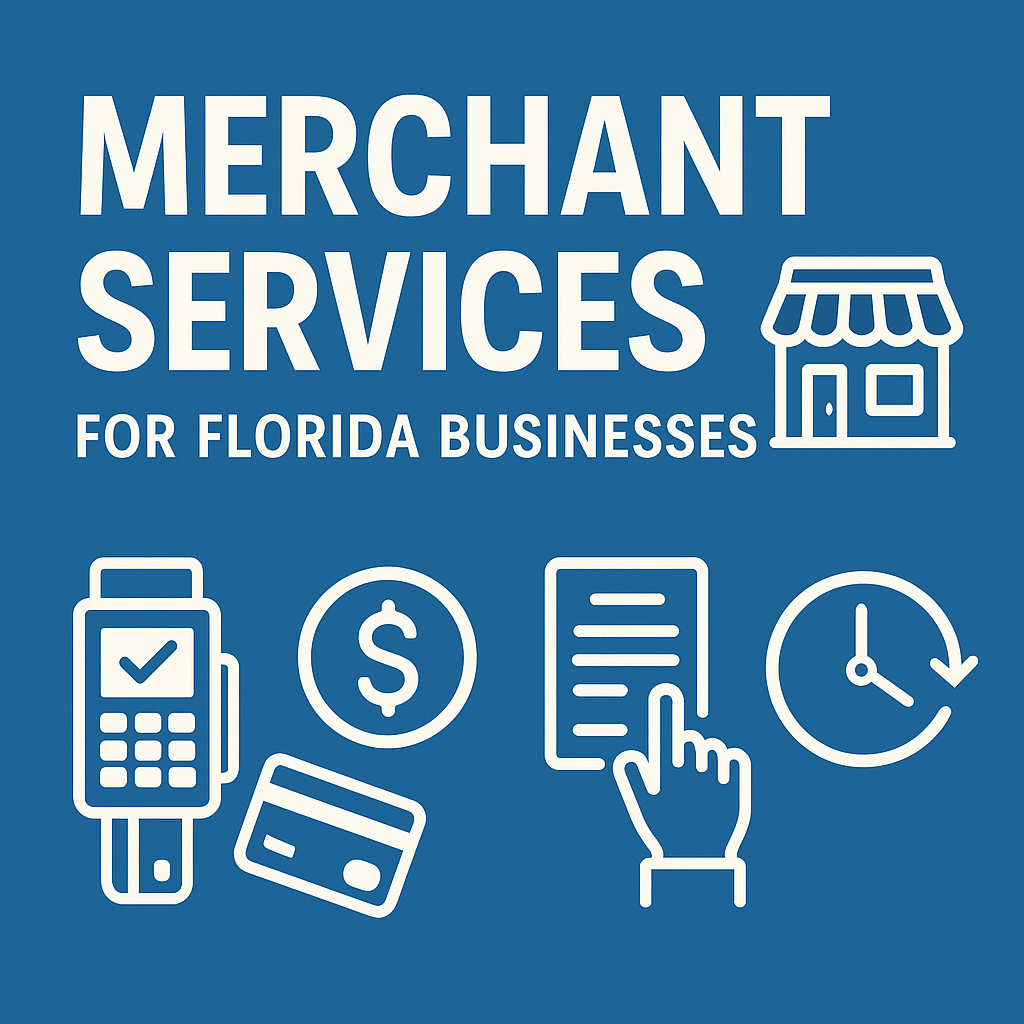Our goal at Lending Valley is to provide all small business owners access to the best loans possible for their business. You can rest assured we will get you the best rates in the market!

Picking the wrong cash advance provider can crush cash flow. The right one fuels growth. Use these seven red flags to protect your business and choose a partner you can trust.
Firstly, if costs aren’t crystal clear, walk away. You should see the total repayment amount, fees, holdback or fixed ACH terms, estimated term, and any prepayment policy up front, in plain language. California’s disclosure framework for commercial financing exists for exactly this reason: to help owners “comparison shop” with true costs. If a provider resists sharing a standardized disclosure, that’s a signal to stop. DFPI
Quick check: Ask for a sample agreement and a one-page cost summary before underwriting begins. If you can’t get it, that’s your answer.
Next, promises of instant approvals must be backed by real processes and data. Many excellent firms fund in 24–48 hours, but they can explain how: bank-statement analysis, receivables checks, fraud screens, and final compliance sign-off. Regulators have taken action in 2025 against companies using deceptive promises around eligibility, speed, and results. Don’t rely on marketing alone.
Quick check: Ask, “What is your median time from approval to funding this quarter?” and request anonymized proof.
Now, high-pressure tactics are a red flag. Good providers explain tradeoffs, give you time to compare options, and never threaten the offer if you want to read the contract. In 2025, enforcement actions show that aggressive sales paired with misleading claims can cross legal lines, especially when owners are rushed into high-cost products.
Quick check: If urgency is genuine, a credible lender will still document terms and let you review with a trusted advisor.
Then again, reputation matters. Search the provider’s name with “lawsuit,” “settlement,” and “state AG.” In 2025, New York secured a $1.065B judgment tied to alleged illegal loans disguised as merchant cash advances; that case put the entire industry on notice. If a company shows a pattern of actions or judgments, proceed carefully.
Quick check: Scan state AG sites, FTC press releases, and reputable trade coverage before you sign.
Meanwhile, an ethical cash advance provider helps you graduate to lower-cost money as you grow. Your funding partner should welcome refinances into SBA or bank loans when metrics improve. The SBA reported record FY2025 activity: 84,400 loans and $45B guaranteed, so the “ladder up” path is real for many owners. Providers that fight payoffs or hide prepayment rules hurt your long-term ROI. sba.gov
Quick check: Ask how they support early payoff, refinancing, and lender introductions.
Moreover, underwriting should match how your business earns revenue. Seasonal retailers, restaurants, and logistics firms have different cash-flow realities. When a provider can’t explain how its holdback or ACH schedule adapts to your patterns, expect stress later. 2025 small-business reports also show credit conditions and revenue pressures vary by sector another reason to demand a tailored approach.
Quick check: Ask for examples from your industry and how terms flex during slow weeks.

Finally, compliance is non-negotiable. In 2025, California’s DFPI continues to require licensing/reporting under the California Financing Law and standardized disclosures for sales-based financing. Legislators even worked on amendments to tighten language. If a provider is fuzzy about licenses, reporting, or disclosures where required, that’s a red flag.
Quick check: Request the exact licenses or registrations they hold and how they comply with your state’s rules.

Choose a cash advance provider that is transparent, licensed, data-driven, and supportive of your long-term costs. Avoid the seven red flags above and you’ll protect margins, reduce risk, and keep your funding strategy aligned with growth.